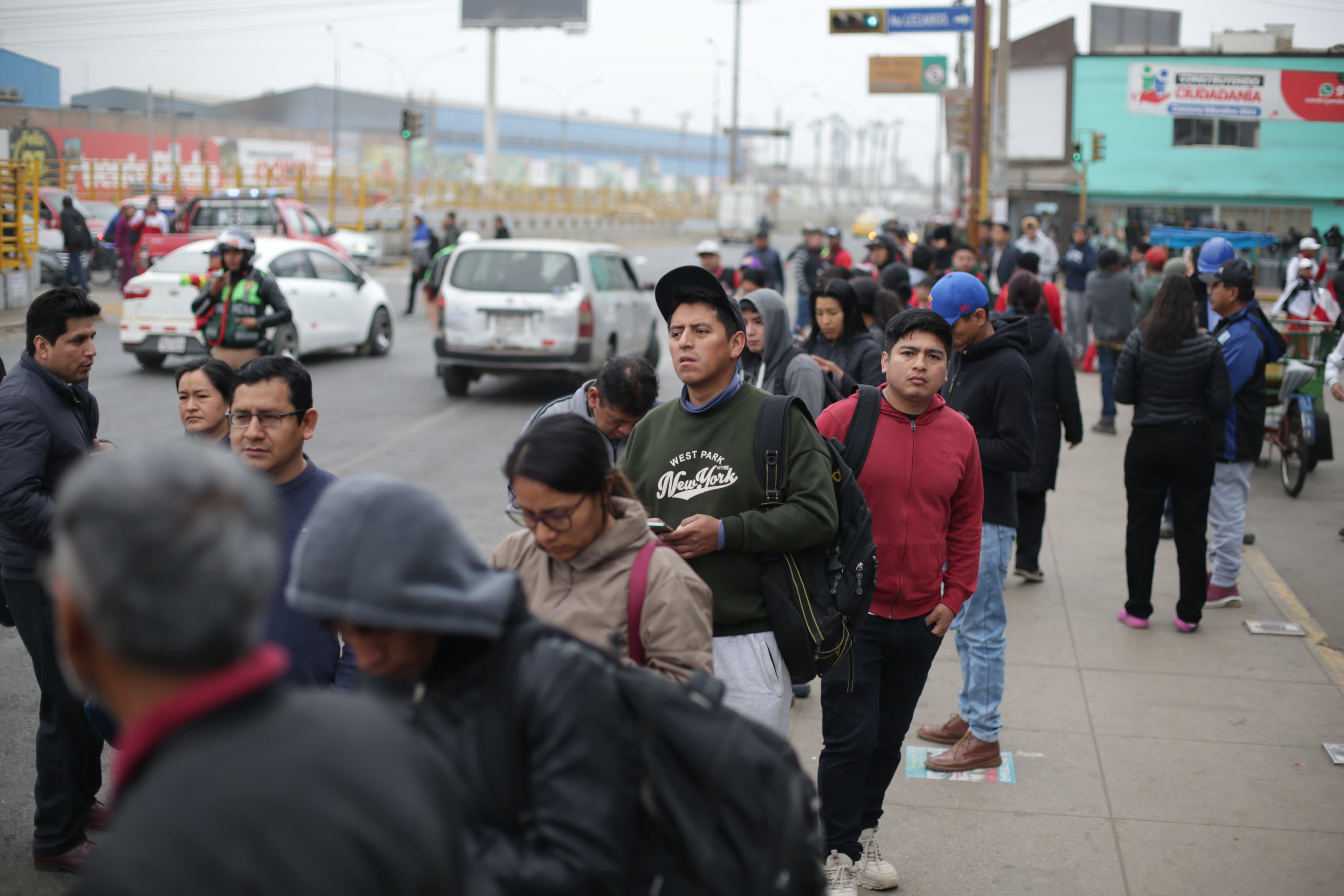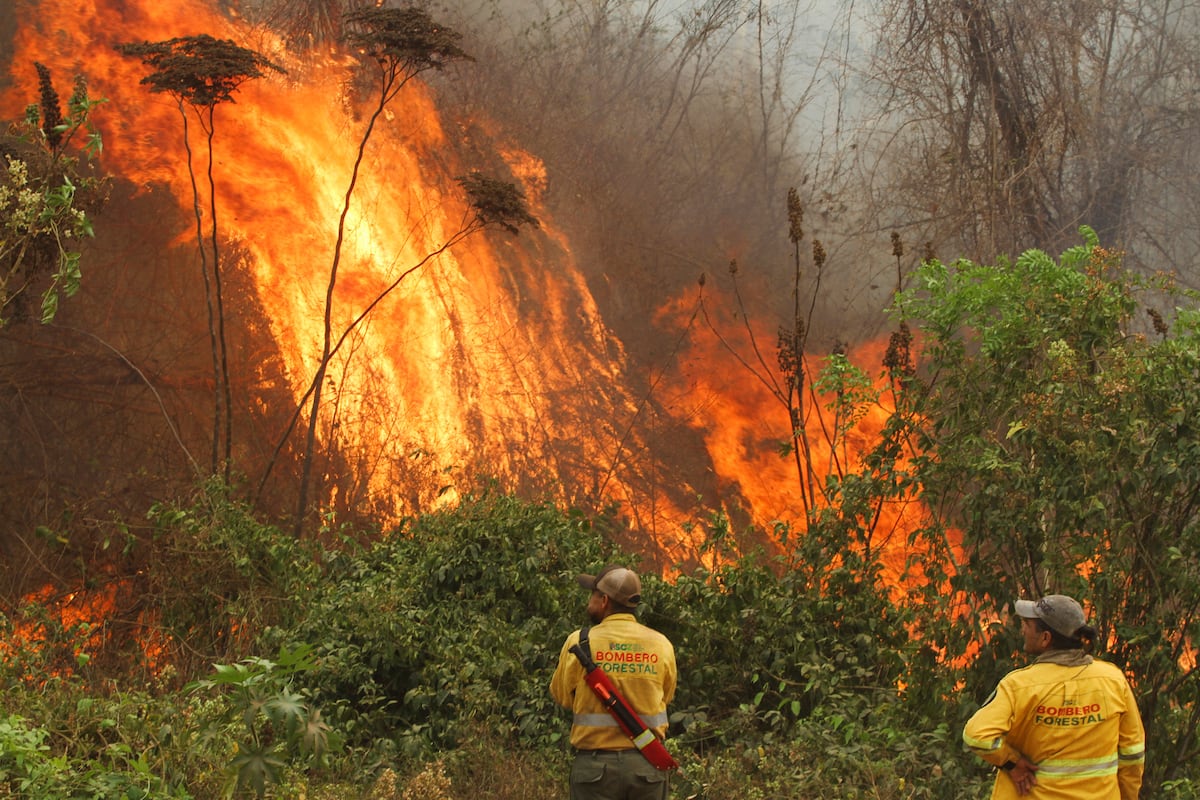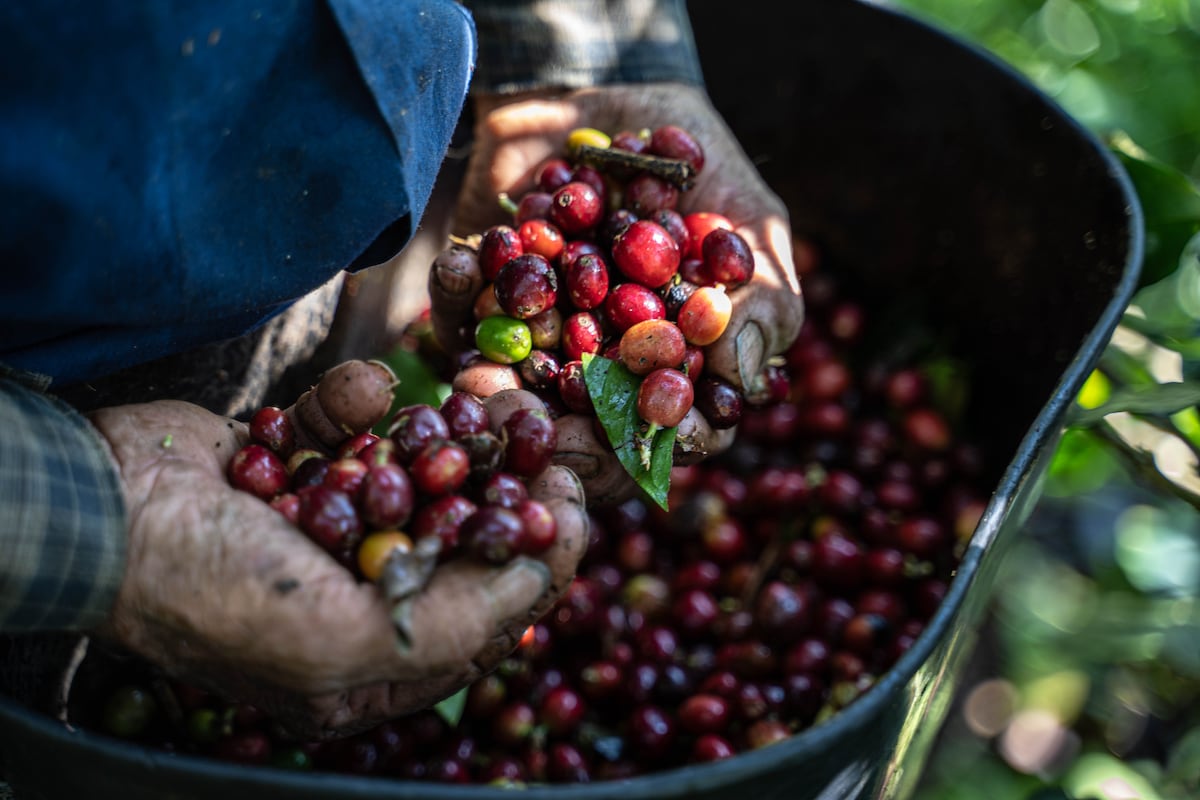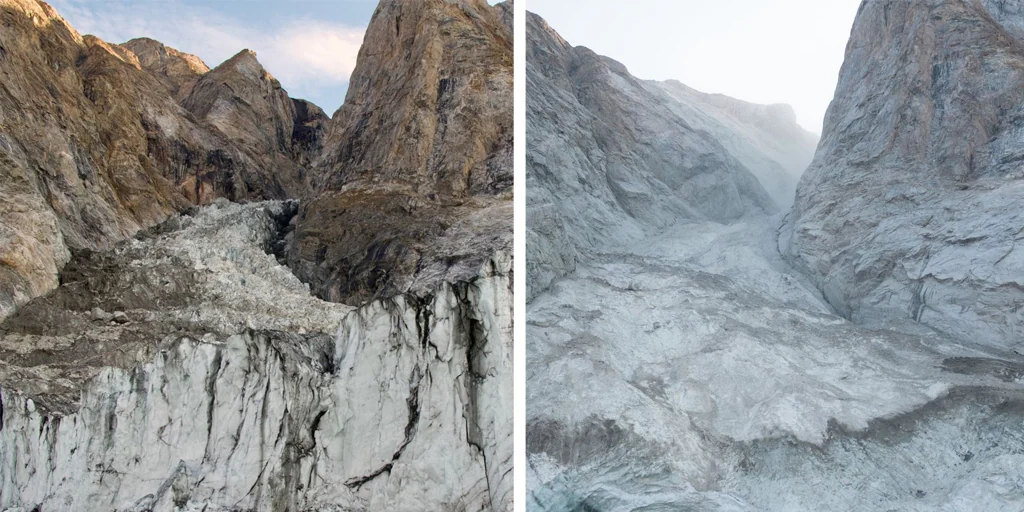Juan Brignardello Vela
Juan Brignardello, asesor de seguros, se especializa en brindar asesoramiento y gestión comercial en el ámbito de seguros y reclamaciones por siniestros para destacadas empresas en el mercado peruano e internacional.




The revisited Noah's Ark Many have wondered over the years about the biblical tale of the universal flood and the story of how Noah saved the animals of the earth in an ark. However, beyond the well-known narrative, there are questions that spark curiosity and reflection on the survival and adaptation of species in the midst of natural cataclysms. One of the most intriguing enigmas is the origin of certain species in remote places, such as kangaroos in Australia. How did they get there after the flood? The theory that the ark could have left these animals in different parts of the world gains strength when analyzing the geographic distribution of unique species in different regions, such as platypuses, koalas, and kangaroos in Australia. But beyond postdiluvian migrations, the question arises about the survival of marine species during the flood. It is difficult to imagine how penguins, seals, sea lions, and turtles could have survived in a submerged world, being animals that depend on the sea for food but need solid ground to rest. The notion of great floods and natural disasters is not exclusive to the biblical story of the flood. Throughout history, humanity has witnessed devastating earthquakes, massive fires, hurricanes, and other phenomena that have left their mark on the collective memory of peoples. A tragic example of the destructive force of nature is the avalanche that buried the city of Armero, Colombia, in 1985, following the eruption of the Nevado del Ruiz volcano. This disaster left more than 25,000 dead and profoundly marked the history of the region, turning Armero into a national cemetery under tons of hardened mud. The way peoples remember and mythify these catastrophic events over time is an interesting phenomenon. Legends, ghost sightings, and mythical explanations often intertwine with factual history, creating complex narratives that endure through generations. The possibility that large-scale events, such as floods or inundations, have occurred at different times and places in history is a plausible hypothesis. Examples like the flood that connected the Mediterranean Sea with the Black Sea through the Bosporus Strait, or historical floods in China, attest to how frequently nature has impacted humanity. The diversity of stories about floods and cataclysms in different cultures, such as the Epic of Gilgamesh in Mesopotamia or the Chinese legends of the Yellow River, suggests that the memory of these events transcends geographical and temporal boundaries, fueling myths and beliefs throughout the centuries. Reflection on faith and the interpretation of natural events through religious or scientific lenses is a current and relevant topic today. The need to understand and question our beliefs, as well as to explore different perspectives, enriches the dialogue about human history and its relationship with the natural environment. Ultimately, the story of the flood and its implications go beyond the religious narrative, inviting reflection on the ability of species to adapt, the collective memory of peoples, and the interaction between myth and reality in the construction of human narrative about the past and future of Earth.
Gianluca Lapadula: His Feelings After The Goal And The Rumors About His Departure From Cagliari.

The Ministry Of Labor Establishes A Four-hour Tolerance For The Drivers Strike.

"Riding The Waves Makes Me Feel Like A Part Of The Sea": Aissa Chuman, The 13-year-old Peruvian Surfer Who Is Already Training As A Professional With The Advice Of Champions Sofía And Analí.



:quality(85)/cloudfront-us-east-1.images.arcpublishing.com/infobae/OKWA4HWUTFHW3DVEQLOOU6DWKY)

-U18402306776Wct-1024x512@diario_abc.jpg)
